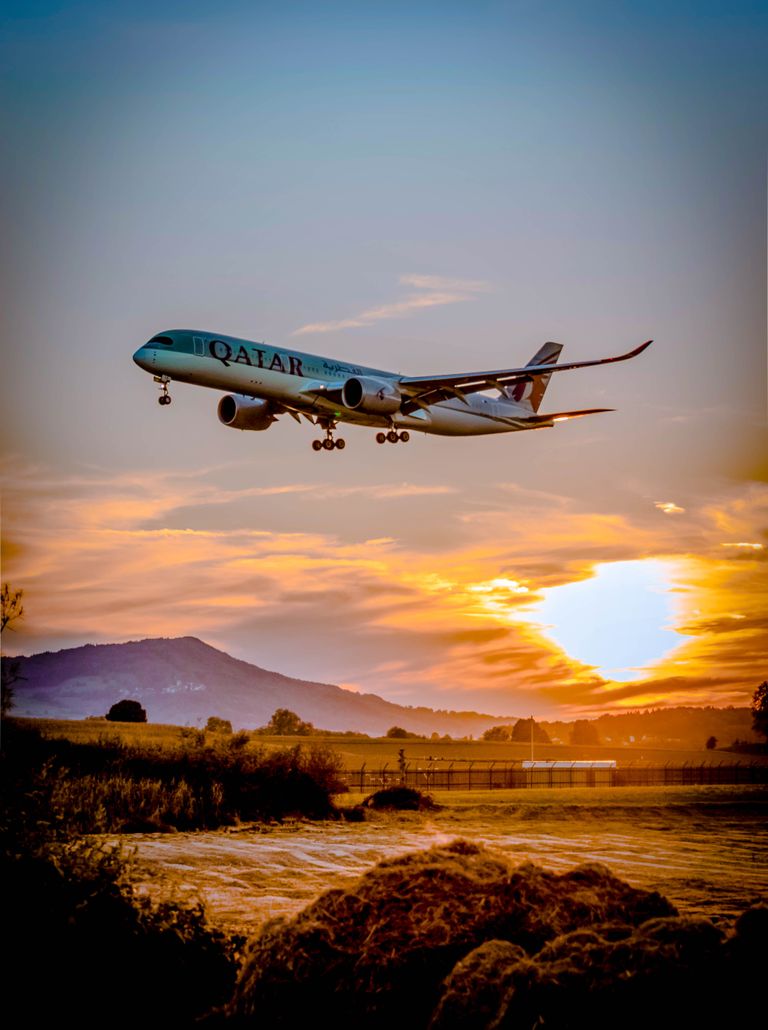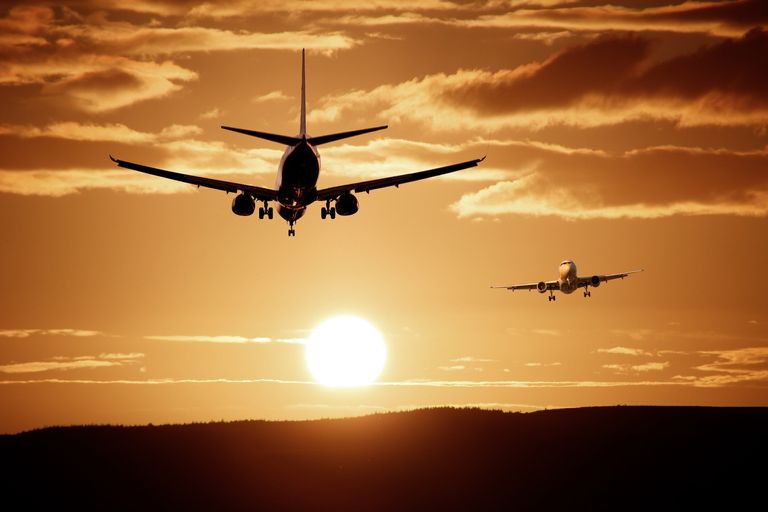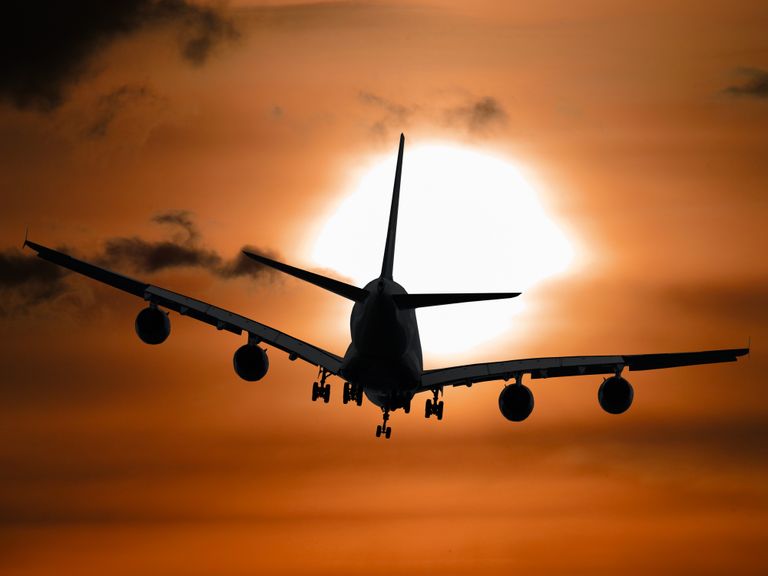The Ornithopter is where the wings are providing both the lift and thrust. Apart from ornithopters three devices important to aviation had been invented in Europe in the Middle Ages and had reached a high stage. Before the Wright Brothers created the first flying Airplane able to carry a human, there were those who inspired the idea. If not for their ideas and experiments perhaps aeroplanes, as we know it today, might not have been. The first ideas of the perfect aeroplane were the flapping-wing machines, called ornithopters.

In the year 1799-1809 Between 1799 and 1809 Sir George Cayley who was an English Baronet came up with the concept of the modern aeroplane. At this time Cayley had abandoned the ornithopters tradition. He designed aeroplanes with rigid wings to provide lift and separate propelling devices to provide trust. Cayley laid the foundations of aerodynamics through his published works. He showed both with models and full-size flight control by means of a single rudder-elevator unit mounted on an universal joint. In 1853 Cayley sent his coachmen on the first gliding flight in History on his third full-size machine.
On December 17, 1903, two American aviators Oroville and Wilbur Wright of Dayton, Ohio made the first successful flight of a manned heavier than air, self-propelled craft called a flyer. The first flight flew a distance of about 37m. It was the beginning of a new age in technology achievement. The two brothers put together the combinations of critical characteristics that other designs of the day lacked which was a relatively lightweight (337kg) powerful engine; reliable propellers; and a system for controlling the aircraft; a wing structure that was both strong and lightweight.

The third flyer constructed in 1905, was the world’s first fully practical aeroplane. The aeroplane remained in the air for as long as the fuel lasted. However, like many milestone inventions throughout history, it was not immediately recognized for its potentials.
In 1908 the two brothers demonstrated their aeroplane to the U.S. Army’s Signal Corps at Fort Myer. The Army had been long using balloons to observe the battlefield, recognized the possibilities presented by the aeroplane. During World War I, the development of aeroplanes accelerated. European designers such as Dutch-American engineer Anthony Herman Fokker and the French engineer Louis Bleriot developed even faster, more capable, and deadlier combat aeroplanes. 1909 The French engineer Louis Bleriot developed even faster, more capable, and deadlier combat aeroplanes. In 1909 Bleriot who had crossed the English Channel on July 25, 1909, invented the monoplane
In 1843 an English inventor by the name of William Samuel Henson published his patented design for an Aerial Steam Carriage. His design was a big step towards establishing the modern aeroplane. The design was a fixed-wing monoplane with propellers, and fuselage, and wheeled landing gear, and flight control by means of rear elevator and rudder. The steam-powered models by Henson in 1847 were promising however unsuccessful 1843 In 1843 an English inventor by the name of William Samuel Henson published his patented design for an Aerial Steam Carriage. His design was a big step towards establishing the modern aeroplane. The design was a fixed-wing monoplane with propellers, and fuselage, and wheeled landing gear, and flight control by means of rear elevator and rudder. The steam-powered models by Henson in 1847 were promising however unsuccessful in 1891 - 1896 Between 1891 and 1896, a German aeronautical engineer Otto Lilienthal who Samuel Pierpont had been working with for several years, made thousands of successful flights in hang gliders he designed. Those successful gliders Lilienthal had designed lacked a control system and a reliable method of powering the aircraft. He was killed in an accident in 1896.

1892 In 1892 Langley began experimenting with steam power unmanned aircraft, and in 1896 made the first successful flight any mechanically propelled heavier-than-air-craft, the Aerodrome. However, his aircraft was launched by catapult from a houseboat on the Potomac River. The Aerodrome never successfully carried a person, thus prevented Langley from earning the place in history 1903 - 1908
In 1911, the American inventor and aviator Glenn Curtis introduced the first practical seaplane. This aeroplane was basically a bi-plane with a large float beneath the centre of the lower wing, and two smaller floats beneath the tips of the lower wing. 1913 The year 1913 became known as the "Glorious year of flying" and acrobatic flying was introduced.
In 1915 Fokker mounted a machine gun with timing gear so that the gun could fire between the rotating propellers. This plane: the Fokker Eindecker monoplane fighter was for a time the most successful fighter in the skies.
